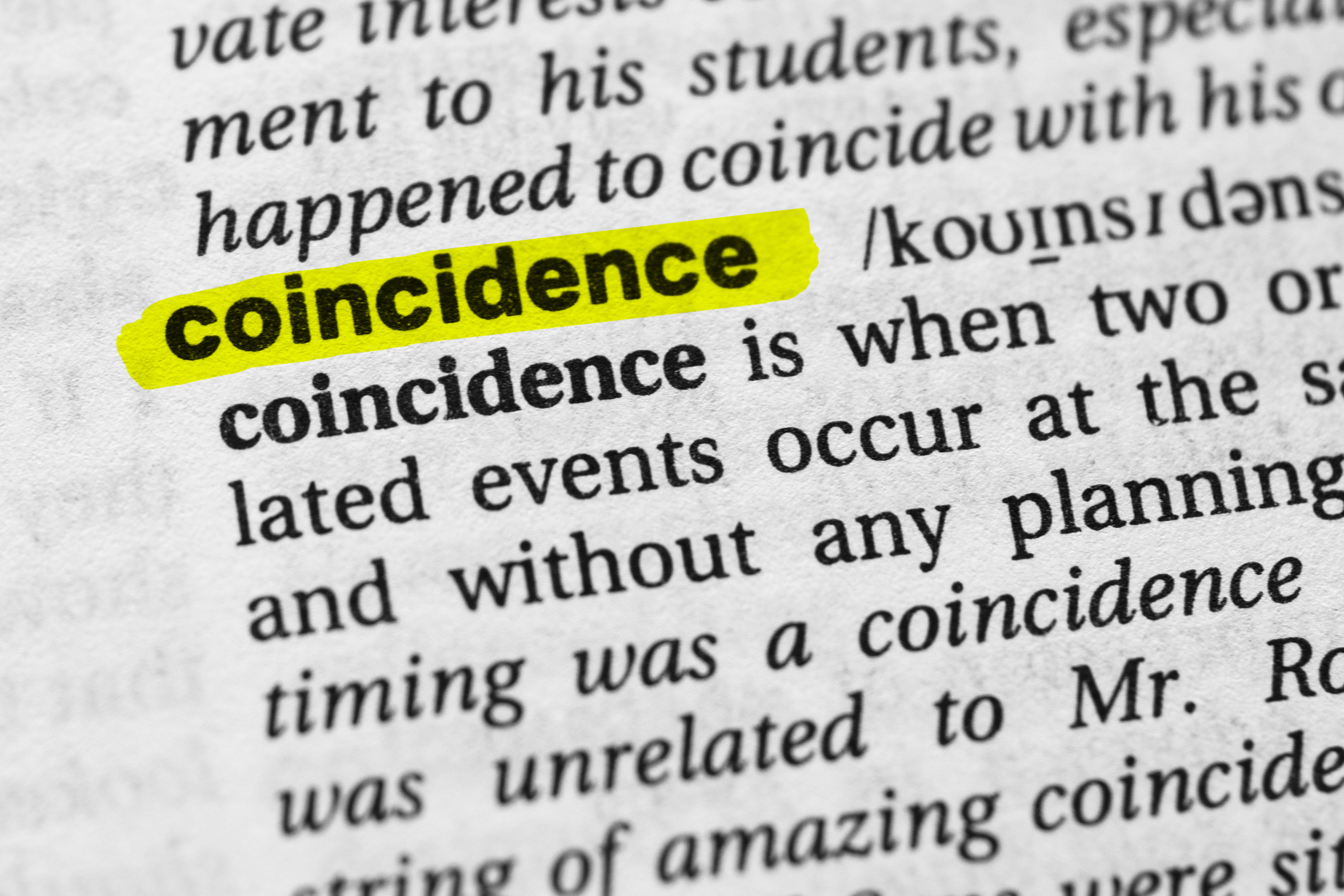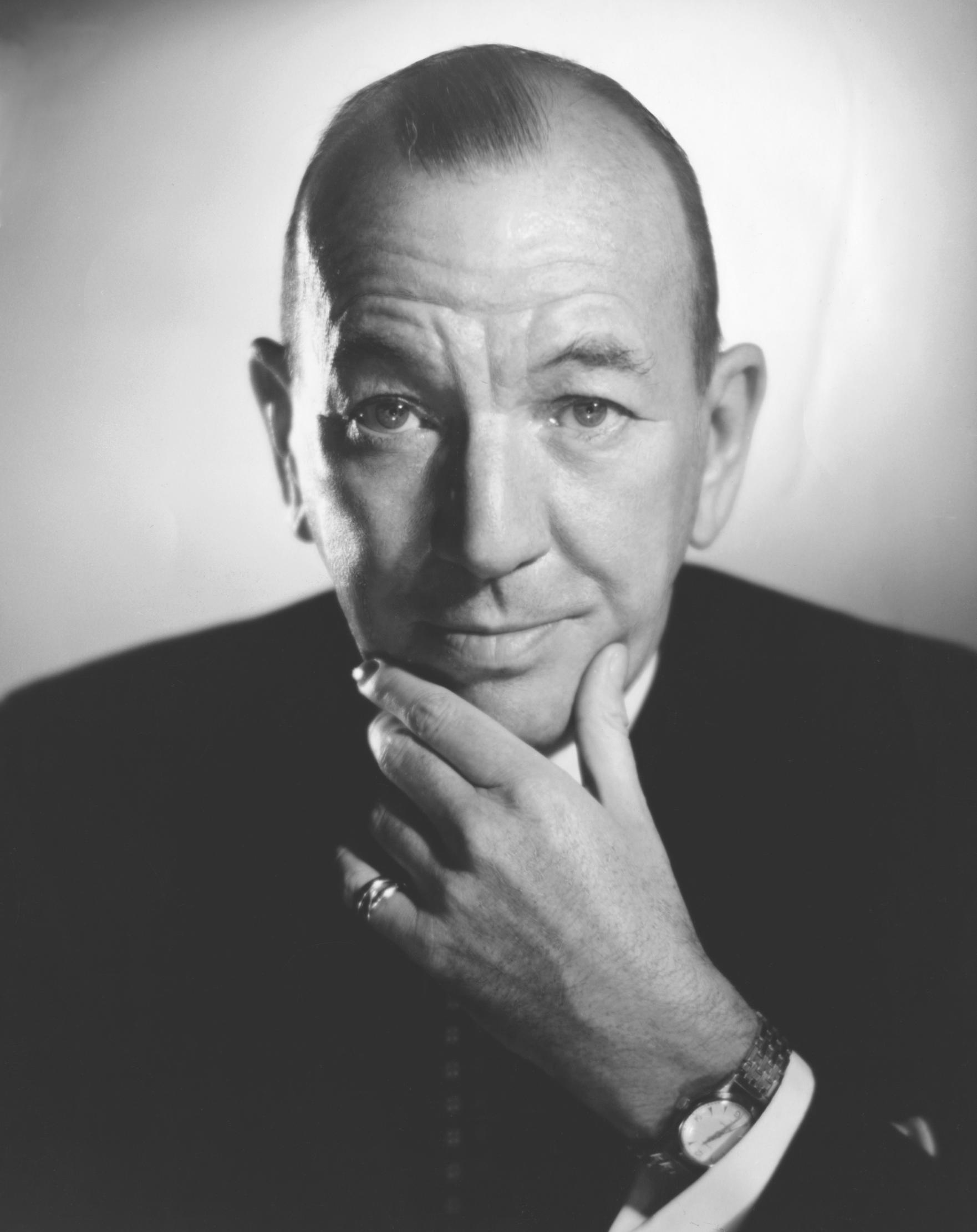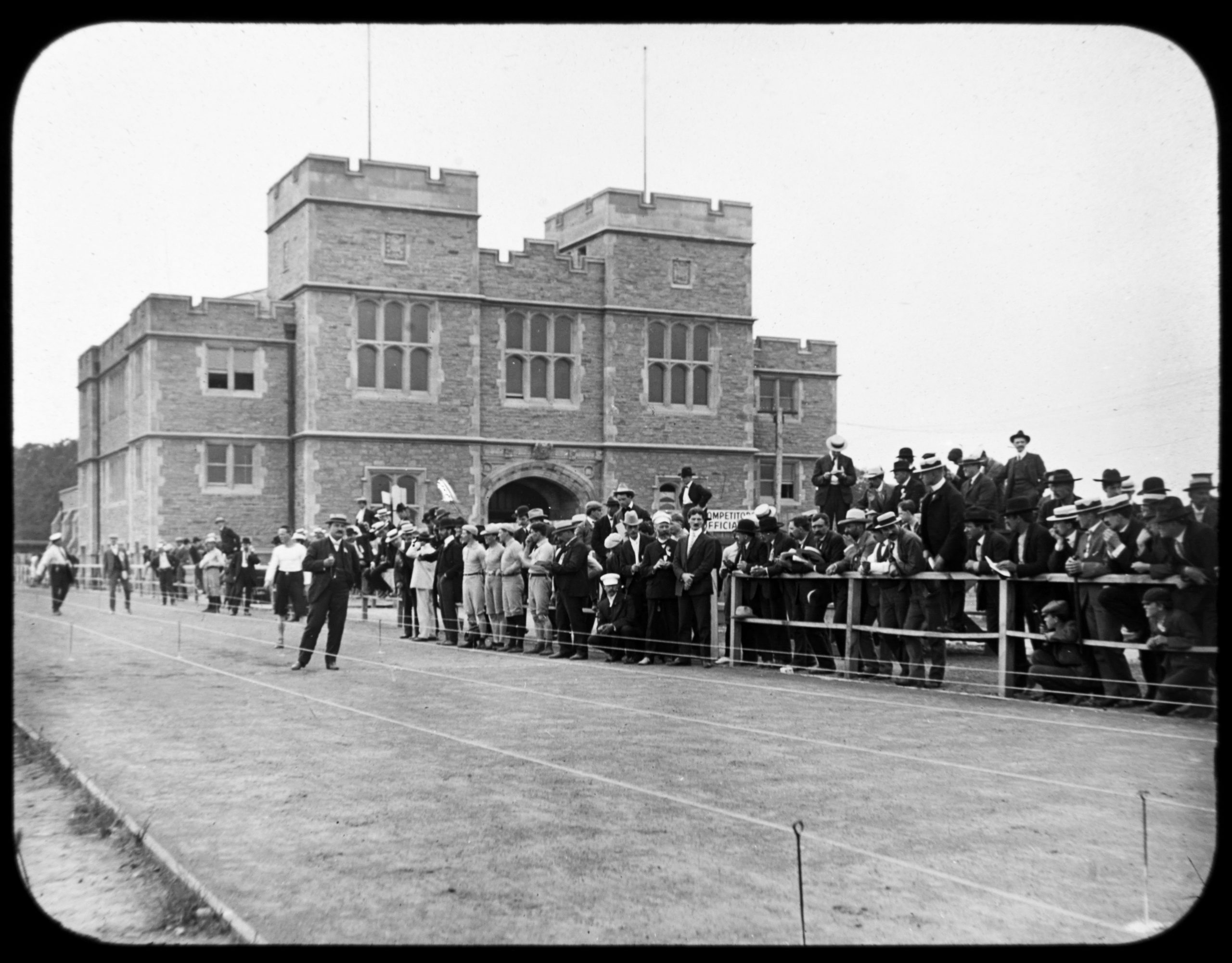Curious Questions: Is there any such thing as coincidence?
Just when you were musing about the nature of coincidences, along comes Martin Fone to explain exactly what they are — and what they aren't.


Wilmer McLean’s two properties served as bookends to the American Civil War. The First Battle of Bull Run, the first major battle, was fought out on his plantation near Manassas in Virginia. His land ruined, he moved, in 1863, some 120 miles to the quiet backwater of Appomattox Court House. Any thoughts of escaping the war were shattered on April 9, 1865, when his house, later dubbed the Surrender House, was commandeered to host the meeting at which the Confederates laid down their arms.
Two twenty-year-old girls were brutally murdered in Erdington, on the outskirts of Birmingham, 157 years apart. Both Mary Ashford and Barbara Forrest — who also shared a birthday —were on their way home after a night out on May 27th, Whit Monday, in 1817 for Ashford and 1974 for Forrest. The men tried for the murders were both called Thornton; and both were acquitted.
In the 1920s three Westerners, travelling on the same train in Peru, introduced themselves. The first announced himself as Mr Bingham, the second as Mr Powell, and the third astounded them all by revealing that he was Bingham-Powell. None of them were related.
In 1997 at a conference dinner attended by some two hundred guests, my wife found she shared the same birthday with two others in the room. They decided to set up a birthday club and exchanged birthday wishes for several years until the grim reaper started to take his toll.
To many, such events — running the gamut from epoch-making to the personal and mundane — are coincidences, defined by Diaconis and Mosteller in Methods for Studying Coincidences, published in the Journal of the American Statistical Association (December 1989 — PDF link), as ‘a surprising occurrence of events, perceived as meaningfully related, with no apparent causal connection’.
G K Chesterton was dismissive of the idea of coincidences, calling them ‘spiritual puns’, but rationalists believe that these seemingly mystifying concurrences can be explained through the theory of probability. They use as their starting point the ‘Birthday Paradox’, the commonplace occurrence that still elicits surprise: namely that in any room of 30 or more people, there’s a very high chance that two people will share the same birthday. It can be easily explained.
Leaving aside the complications of leap years, the date of a person’s birthday is one of 365 possibilities and so the probability of someone not sharing that birthday is 364/365 or 99.73607%. Enlarging the group means that, while the probability of one person not sharing a birthday with one other person remains unchanged, there are more potential combinations to analyse, reducing the probability of someone not sharing a birthday with anyone else in the room. The formula becomes 364/365^n, where n is the number of people in the group.
Sign up for the Country Life Newsletter
Exquisite houses, the beauty of Nature, and how to get the most from your life, straight to your inbox.
The tipping point is a group of twenty-three where there are 253 combinations of dates and the probability of two people not sharing a birthday reduces to 49.952%. In other words, the odds are slightly greater of finding two people who share the same birthday than not. The larger the group, the more likely it is. Rather than be surprised when we find two people sharing the same birthday in a large group, according to probability theory, we should be more shocked if it does not happen.
As for three people sharing the same birthday? Bring together a group of 89 people and the probability is greater than 50% that three of them will share a birthday. In the same room, ten pairs of people will, on average, be found to share the same birthday.
The financial sector attempts to assess the likelihood of something happening, the famed one in one-hundred or one in two-hundred-year events (which appear to occur with increasing frequency), to ensure that it has enough resources to meet the anticipated consequences. As Sir Robert Fisher wrote in 1937, ‘the one chance in a million will undoubtedly occur, with no less and no more than its appropriate frequency, however surprised we may be that it should occur to us’.

Sophisticated analysts worry about what Nassim Nicholas Taleb dubbed in 2007 a Black Swan. These are events so rare or unexpected that even the possibility that they might have occurred was unknown; the name is taken from the first European visitors to Australia who were shocked to find swans that were almost identical to those from back home in all respects other than their deep black colouring. Taleb, a financial analyst, uses the term to describe remote possibilities that could have a catastrophic impact, and yet which can be explained in hindsight as if it were predictable.
Does this mean that we are simply actors in a drama directed by the Law of Large Numbers, where, as Diaconis and Mosteller noted (PDF link), ‘with a large enough sample, any outrageous thing is likely to occur’, especially if we view events over a long enough timescale?
Even at a personal level, given the number of people we know and all the places we go to and the places they visit, perhaps it should be more of a surprise if we do not bump into someone we know somewhere at some time. And should we count near misses as coincidences, where we visit the same place on the same day as a friend, but do not see them because we were there at different times?
Some people seem more attuned to experiencing or recognising coincidences than others. According to Desmond Beitman, those who describe themselves as religious or spiritual, or are likely to relate information drawn from the external world to themselves, or seek meaning in events, fall into that category; as do those who are extremely sad, angry, or anxious.
Others, though, seem to go through life without experiencing coincidences — or, at any rate, remain oblivious to them. That does not mean that they do not encounter them, just that they fail to appreciate their significance, suggesting that coincidences must be recognised to be acknowledged.
There is also a selfish aspect to coincidences. Ruma Falk, in her paper Judgment of Coincidences: Mine versus Yours (American Journal of Psychology, Winter, 1998), found that, as is the case with dreams, people regarded their own coincidences to be more surprising and interesting than those of others.
Researchers have sought to categorise coincidences. Perhaps the most familiar are ‘environment–environment’ coincidences, in which something occurs that can be objectively observed, such as meeting someone who shares the same birthday, or coming across a friend in an unexpected place.
‘Mind–environment’ coincidences are familiar as premonitions: the sensation of having been thinking about something and then it happens —thinking of a friend who then phones moments later, out of the blue; or humming a tune only to turn on the radio and hear it playing.
The final category is ‘mind–mind’ coincidences — where, for example, we feel the pain or emotion of someone else at a distance, a sensation often experienced, but not exclusively, by twins.
For some, a rational, probability-driven view of the randomness of the world is just too binary to be compelling and one into which not all coincidences easily fit. One such was the psychologist, Carl Jung, who posited in his book Synchronicity (1952) that there was another force, ‘an acausal connecting principle’, which could provide a more complete explanation of coincidences.
Synchronicity, he claimed, was ‘a certain curious principle…[which] takes the coincidence of events in space and time as meaning something more than mere chance’. It also provided, he thought, an explanation for other phenomena such as extrasensory perception, telepathy, and even ghosts. These two views of coincidence might not be compatible, but life would lose some of its mystery if it could be explained solely by a mathematical theory.
After graduating in Classics from Trinity College Cambridge and a 38 year career in the financial services sector in the City of London, Martin Fone started blogging and writing on a freelance basis as he slipped into retirement. He has developed a fearless passion for investigating the quirks and oddities of life and discovering the answers to questions most of us never even think to ask. A voracious reader, a keen but distinctly amateur gardener, and a gin enthusiast, Martin lives with his wife in Surrey. He has written five books, the latest of which is More Curious Questions.
-
 'To exist in this world relies on the hands of others': Roger Powell and modern British bookbinding
'To exist in this world relies on the hands of others': Roger Powell and modern British bookbindingAn exhibition on the legendary bookbinder Roger Powell reveals not only his great skill, but serves to reconnect us with the joy, power and importance of real craftsmanship.
By Hussein Kesvani
-
 Spam: The tinned meaty treat that brought a taste of the ‘hot-dog life of Hollywood’ to war-weary Britain
Spam: The tinned meaty treat that brought a taste of the ‘hot-dog life of Hollywood’ to war-weary BritainCourtesy of our ‘special relationship’ with the US, Spam was a culinary phenomenon, says Mary Greene. So much so that in 1944, London’s Simpson’s, renowned for its roast beef, was offering creamed Spam casserole instead.
By Country Life
-
 Curious Questions: Did the Victorians pave the way for the first ULEZ cameras in the world?
Curious Questions: Did the Victorians pave the way for the first ULEZ cameras in the world?Martin Fone takes a look at the history of London's coalgates, and finds that the idea of taxing things as they enter the City of London is centuries old.
By Martin Fone
-
 Curious Questions: What are the finest last words ever uttered?
Curious Questions: What are the finest last words ever uttered?Final words can be poignant, tragic, ironic, loving and, sometimes, hilarious. Annunciata Elwes examines this most bizarre form of public speaking.
By Annunciata Elwes
-
 Curious Questions: Why do we still love pirate stories, 300 years on from Blackbeard?
Curious Questions: Why do we still love pirate stories, 300 years on from Blackbeard?Tales of swashbuckling pirates have entertained audiences for years, inspired by real-life British men and women, says Jack Watkins.
By Jack Watkins
-
 Curious Questions: Why is race walking an Olympic sport?
Curious Questions: Why is race walking an Olympic sport?The history of the Olympics is full of curious events which only come to prominence once every four years. Martin Fone takes a look at one of the oddest: race walking, or pedestrianism.
By Martin Fone
-
 Curious Questions: Where does the phrase 'daylight robbery' come from? It's literally about the theft of daylight
Curious Questions: Where does the phrase 'daylight robbery' come from? It's literally about the theft of daylightMartin Fone tells a tale of sunshine and tax — and where there is tax, there is tax avoidance... which in this case changed the face of Britain's growing cities.
By Martin Fone
-
 Curious Questions: Is there a way to win at rock, paper, scissors?
Curious Questions: Is there a way to win at rock, paper, scissors?A completely fair game of chance, or an opportunity for those with an edge in human psychology to gain an advantage? Martin Fone looks at the enduringly simple game of rock, paper, scissors.
By Martin Fone
-
 Curious Questions: Is being left-handed an advantage?
Curious Questions: Is being left-handed an advantage?In days gone by, left-handed children were made to write with the ‘correct’ hand — but these days we understand that being left-handed is no barrier to greatness. In fact, there are endless examples of history's greatest musicians, artists and statesmen being left-handed. So much so that you'll start to wonder if it's actually an advantage.
By Toby Keel
-
 Curious Questions: Why does our tax year start on April 6th?
Curious Questions: Why does our tax year start on April 6th?The tax-year calendar is not as arbitrary as it seems, with a history that dates back to the ancient Roman and is connected to major calendar reforms across Europe.
By Martin Fone